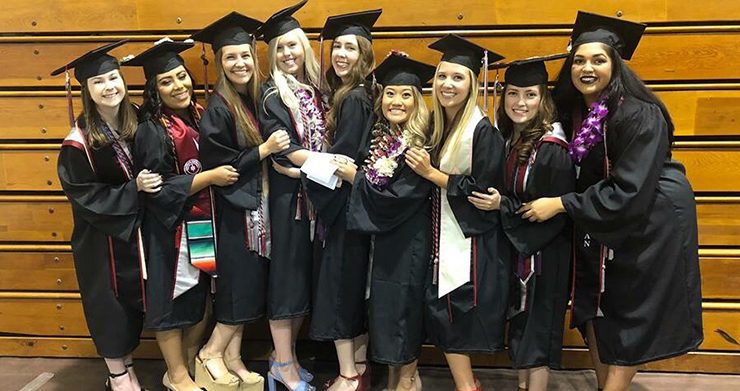The State of Whole Education in the United States
In a time of unknown social, profitable, and technological change, the American education system is being called to do further than ever ahead. Parents, preceptors, and policymakers are decreasingly asking the same question ** Are we preparing scholars for life, not just for tests? **
This question lies at the heart of the ** whole education ** movement — a gospel that emphasizes educating scholars academically, emotionally, socially, and immorally. But where does the United States stand moment in making this vision a reality? Let’s take a near look.
What Is Whole Education?
Whole education goes beyond academic achievement. It recognizes that ** literacy is deeply connected to health, emotional well- being, connections, creativity, and communal engagement **. This approach supports the development of the whole child by prioritizing
* Social-emotional literacy( SEL)
* Mental and physical health
* Equity and inclusivity
* trades, play, and physical education
* Real- world problem- working and life chops
The thing is simple to educate scholars not just to pass tests, but to lead fulfilling lives as engaged, compassionate, and able citizens.
Where We’ve Made Progress
In the once decade, the U.S. has seen important strides toward embracing a whole education model
1. ** Growth of SEL Programs **
further than 90 of U.S. seminaries now report some form of social-emotional literacy in their class. Programs concentrated on emotional regulation, empathy, and interpersonal chops have shown positive impacts on geste
and academic issues.
2. ** Mental Health mindfulness **
There is growing mindfulness of pupil internal health requirements, with numerous countries adding backing for academy counselors, psychologists, and heartiness enterprise. Some sections have indeed bedded internal health days into the academy timetable.
3. ** Community and Equity- concentrated Models **
enterprise like ** community seminaries **, which offer health, nutrition, and family services onsite, are expanding. These seminaries integrate academic instruction with wraparound services, icing all children have a fair shot at success.
4. ** Whole Child fabrics **
Associations like ASCD( Association for Supervision and Curriculum Development) and CASEL( cooperative for Academic, Social, and Emotional literacy) have helped guide seminaries toward holistic education fabrics espoused in sections across the country.
patient Challenges
Despite progress, the path toward whole education in the U.S. is uneven and deficient. Major obstacles remain
1. ** Formalized Testing Dominance **
High- stakes testing still dominates academy responsibility systems. This emphasis frequently sidelinesnon-academic precedences like SEL, trades, and physical education, especially in under- resourced seminaries.
2. ** Funding injuries **
difference in academy backing across sections mean some scholars have access to rich, whole- child coffers, while others do not. seminaries in low- income communities may struggle to give counselors, enrichment programs, or indeed introductory pupil support services.
3. ** Collapse and Capacity **
preceptors and academy leaders face rising prospects without the necessary time, training, or support. numerous preceptors are burned out from navigating academic norms, emotional requirements, and systemic gaps contemporaneously.
A Vision for the unborn
The coming chapter in American education must be about ** integration, not addition ** — bringing together academic rigor with emotional, physical, and ethical development in flawless, indifferent ways.
Then’s what that future could include
* ** reconsidering success ** to include well- being, creativity, and communal readiness alongside academic performance.
* ** Bedding SEL, health, and real- world literacy ** into core classes, not as “ add- ons ” but as essential literacy issues.
* ** Expanding schoolteacher training and support ** to enable holistic instruction and trauma-informed practices.
* ** Investing in academy structure ** that promotes play, movement, collaboration, and care.
* ** erecting stronger academy- family- community hookups ** to produce wraparound support systems.
Conclusion
The state of whole education in the United States is at a vital moment. There’s growing recognition of what scholars truly need to succeed, but rephrasing that into systemic, civil change remains a challenge.
To truly serve the coming generation, we must shift our focus from simply perfecting test scores to ** nurturing whole people **. The thing of education should be further than academic success it should be a foundation for a healthy, empowered, and meaningful life.

Leave a Reply